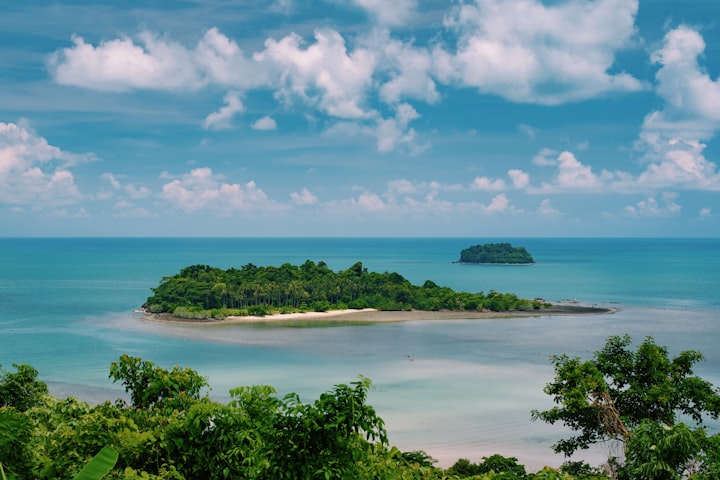
It was 1916, and, however, the U.S. had at this point to enter World War 1. The nation's assembling haul made it a consistent provider of weapons to the English and French. Most of these were sent from more noteworthy New York City – in reality, right across the stream in Jersey City, New Jersey. The embarkation point was an artificial island – Black Tom Island, supposedly named for a nearby darker looking angler (woke a lot, the 1910s?) – initially worked around an extreme to-spot rock that made route hazardous.
There, a railroad center had been fabricated where, on July 30, 1916, around 2,000,000 tons of war materials were prepared for shipment overseas. Then… blast! German saboteurs exploded it. The blast could be compared to a seismic tremor estimated somewhere in the range of 5.0 and 5.5 on the Richter Scale. Windows inside a 25-mile span broke, the external mass of Jersey's City Hall was broken, and metal shrapnel harmed the Statue of Liberty's skirt. New introductions on close by Ellis Island were emptied. Seven individuals were killed, and an expected $20 million in harm was incurred. Combined with German submarine assaults and its endeavors to persuade Mexico to align itself with the Kaiser against America, the Black Tom occurrence was a factor in America's inevitable passage into the conflict in April 1917. Today, Black Tom Island is associated with Liberty State Park, which acquired a reputation as a vast emergency area as the prompt result of the September 11, 2001 fear monger assaults.
Before NYC was a metro and taxi town, it was a pony town like other urban communities. Pony-drawn carriages pervaded the roads; by 1900, approximately 200,000 ponies lived in NYC – and are, indeed, the main explanation numerous homes have flights of stairs paving the way to the front entryway. Who needs their initial step outside to be lower leg somewhere down in horseshit? Anyway, those ponies unavoidably passed on and, when they did, their corpses were utilized to make paste and compost. Somewhere in the range of 1850 and 1930, quite a bit of this happened on a bit of strip off Brooklyn's southeast shore called Barren Island. Over many years, the refuse of countless ponies straightforwardly seeped into the encompassing waters, loaning a name – Dead Horse Bay – that exists to this day.
Here, the account of Barren Island goes from outright gross to downright odd. Around 1900, the parcel additionally became utilized as a rubbish stack. Wholly filled by 1930, it was covered and passed on to decay, which many of it perpetually did. But then, at that point, in 1950, the cap burst. From that point forward, more slow debasing waste – like glass – has been consistently spilling up to the island's surface, just as into the straight. Dead Horse Bay unexpectedly had a similarly thwarting neighbor: Glass Bottle Beach. For years, the region became a famous objective for antique lovers looking for the present fortune amid the previous junk. Be that as it may, admittance to the space was suspended last year when undeniable degrees of radioactivity were identified.
The island inseparable from detainment in New York City wasn't generally a hellhole reliably positioned among the ten most noticeably terrible spots to spend time in jail in the United States. Truth be told, it was once very quaint. Riker's is named for Abraham Rycken, a Dutch pilgrim who moved to Long Island in 1638 and bought it in 1664. Rycken's relatives, the Ricker family, possessed the plot until 1884 when it was offered to the city for $180,000. Alongside appealing farmland, the island filled in as a preparation ground for New York troops during the Civil War.
Its slump began in 1925. Presently formally part of more noteworthy New York City, metropolitan pioneers needed to supplant the swarmed, broken down jail on the previously mentioned Roosevelt Island (then, at that point known as Welfare Island). They picked Riker's, and its prison opened in 1932. Why Riker's? Since it was at that point a war zone. By 1930, some 1.5 million cubic yards of reject – more than the measure of garbage dislodged to fabricate the World Trade Center during the 1960s – had been unloaded there. A significant part of the waste was debris from coal warming and incinerators, causing unconstrained luminous flames. Fun. Today, Riker's Island contains ten city prisons of shifting rot and risk. Until last year, numerous prisoners were helpless people captured for minor offenses, unfit to bear the cost of bail and to anticipate a conference at the city's famously multiplied courts.






Comments
There are no comments for this story
Be the first to respond and start the conversation.